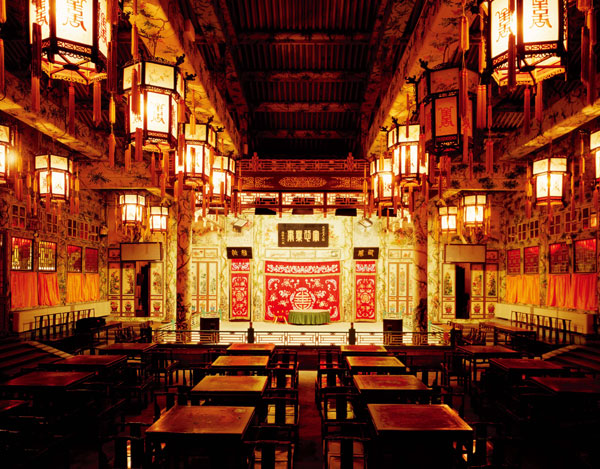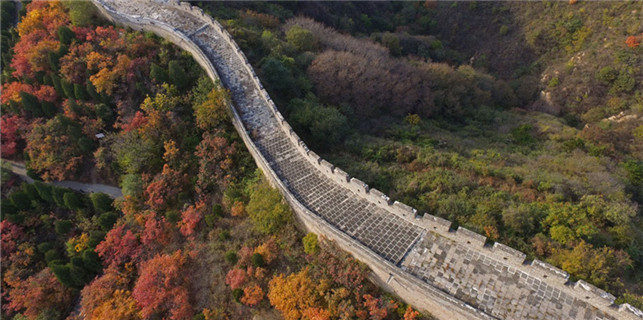Princely mansion theater in Beijing could get face-lift
 |
|
The Grand Theater in Prince Kung's Mansion in Beijing. PROVIDED TO CHINA DAILY |
The grand theater of the only princely mansion in the Qing Dynasty (1644-1911) open to the public in Beijing was named to a World Monuments Fund (WMF) list, which could help draw experts from the West to China to restore the site with its Chinese conservator.
The WMF has issued a call to action for 814 sites around the world that face daunting threats or compelling opportunities for conservation.
This year, besides the Prince Kung's Mansion, which is not endangered, another 24 sites in more than 30 countries were listed in the 2018 World Monuments Watch, including Blackpool Piers in England, Souk of Aleppo in Syria and the town of Amatrice in Italy.
Prince Kung's Mansion, a luxurious two-century-old residence located to the northwest of the Forbidden City, was originally built in 1776 and belonged to the powerful Qing minister Heshen (1750-1799) before Prince Kung (1833-1898) moved in.
The mansion represents half the history of the Qing Dynasty and exemplifies the cultural traditions of the princely mansions of the dynasty.
"During the 1930s, the property was used as a campus for Fu Jen Catholic University, and later it housed various government agencies and officials," said Hunghsi Chao, the program associate of the New York-based non-profit, which released the World Monuments Watch list on Monday. "These activities have changed the mansion's appearance a lot."
As the only existing enclosed theater in China, the Grand Theater of the Prince Kung's Mansion was built during the reign of Emperor Tongzhi (1862-1874). Though constructed with bricks and wood, it is said that no iron nails were used in the construction.
"While the theater building was renovated in the 1980s, it continues to be used for performances, and is now in need of a scientific restoration program to recover its original appearance, taking advantage of recently discovered documentation," Chao added.
Chao said that besides funds, the WMF also wants to introduce advanced machines and technologies from the West to China, boosting international cooperation in cultural relics conservation through the project.
"By building an international coalition, we protect both the sites themselves and the shared history they embody," said Joshua David, president and CEO of the WMF, which was founded in 1996.
"It's the first time the mansion's administration applied to us," Chao said. "They got to know us because for more than 10 years, we have been dedicated to working with the Palace Museum to restore the Qianlong Garden, which will be completed by 2020, the 600th anniversary of the Forbidden City.
"The cooperation was the first major collaboration between the US' and China's conservation groups," Chao said.
The WMF helped train Chinese conservators of the Palace Museum as they faced many complex challenges posed by the fragile historic interior and its unusual mix of materials and techniques.
"Besides the Qianlong Garden, we also helped to restore the Shaxi Market Area in Yunnan province, Puning Temple Statues in Chengde (Hebei province), the Great Wall and many other cultural heritage sites in China," Chao said.
"We want to bring international attention to the Prince Kung's Mansion's project and the potential for international technical exchange," he said.









